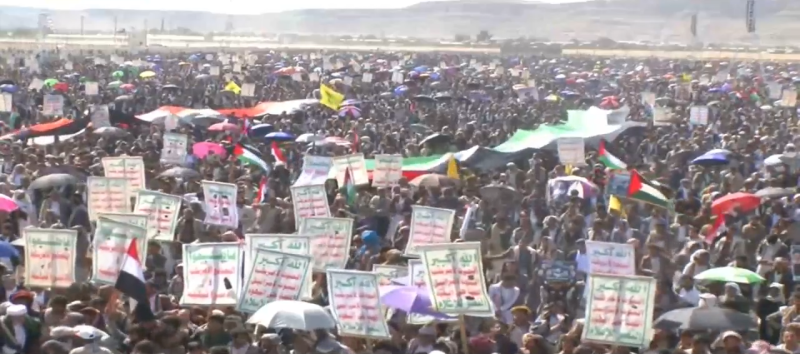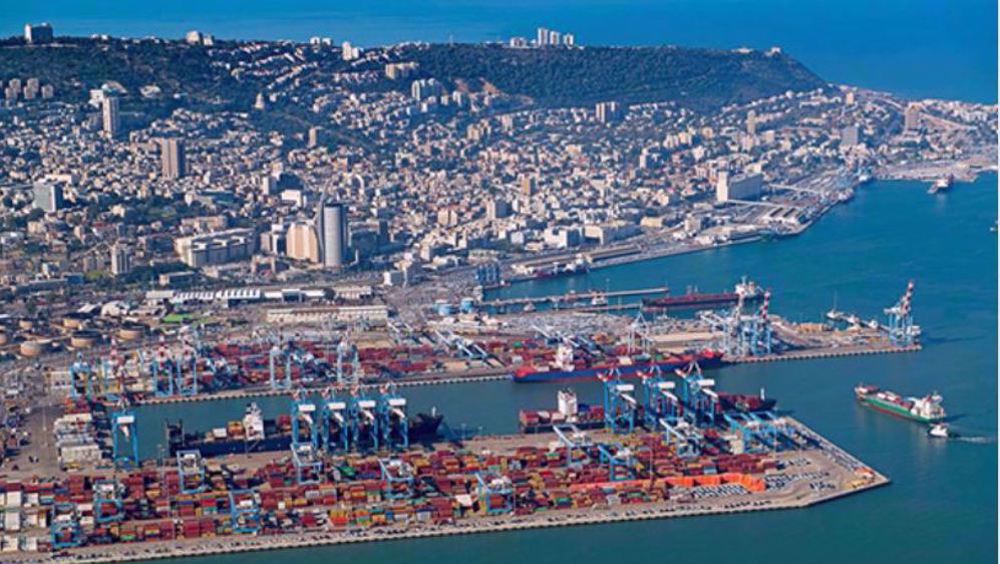Mercenaries fighting for Riyadh regime killed in Yemeni missile strike
Several Saudi-sponsored militiamen loyal to Yemen's former president, Abd Rabbuh Mansur Hadi, have been killed and dozens of others sustained injuries when Yemeni army forces fired a domestically-manufactured ballistic missile at their camp in the country’s southwestern province of Dhale.
A Yemeni military source, speaking on condition of anonymity, told Yemen’s Arabic-language al-Masirah television network that Yemeni soldiers and their allies launched a short-range Zelzal-1 (Earthquake-1) missile at the Saudi mercenaries in the Qa'atabah district of the province on Sunday afternoon.
Earlier in the day, Yemeni air defense forces and their allies from Popular Committees intercepted and targeted an unmanned aerial vehicle belonging to the Saudi-led military coalition in the skies over Saudi Arabia’s southern border region of Najran.

A Yemeni military official, requesting not to be named, said the drone was struck as it was on a mission over Wadi Al Abu Jabbareh area in the region, located 844 kilometers (524 miles) south of the Saudi capital Riyadh.
Late on Saturday, Yemeni army forces and their allies struck a position of Saudi-sponsored militiamen at Istiqbal base west of al-Tuwal village in Saudi Arabia’s southwestern region of Jizan. Several Saudi mercenaries were killed and injured in the process.
Speaking at a press conference in the Yemeni capital city of Sana’a on April 16, Spokesman for Yemeni Armed Forces Brigadier General Yahya Saree said the newly unveiled Badr-F ballistic missile is intended to rain shrapnel over a vast area upon explosion in mid air to ensure maximum lethality against designated target.

He noted that missile would have a range of 160 kilometers, which marks a nearly 30-kilometer increase compared to the high-precision Badr P-1 ballistic missile.
Saree went on to say that Badr-F missile would explode 20 meters above the center of the designated target and would scatter some 14,000 pieces of shrapnel in a circular area with a radius of 350 meters.
Saudi Arabia and a number of its regional allies launched the devastating campaign against Yemen in March 2015, with the goal of bringing the government of Hadi back to power and crushing Ansarullah movement.

According to a December 2018 report by the Armed Conflict Location and Event Data Project (ACLED), a nonprofit conflict-research organization, the Saudi-led war has claimed the lives of over 60,000 Yemenis since January 2016.
The war has also taken a heavy toll on the country’s infrastructure, destroying hospitals, schools, and factories. The UN said in a report in December 2018 that over 24 million Yemenis are in dire need humanitarian aid, including 10 million suffering from extreme levels of hunger.
VIDEO | Press TV's news headlines
Iranian satellites launched into space as private sector debuts in space industry
VIDEO | Iran, Azerbaijan conduct joint maritime rescue operations
VIDEO | Yemen’s Red Sea divide: Naval forces block Israeli-linked ships in strategic ‘parting of the water’
VIDEO | Southern Gaza: Israel’s facade for famine and suffering
VIDEO | IOF hampering humanitarian aid
VIDEO | Sharmahd: Justice Done
Iran repeatedly warned Israel not to test its will: FM


















 This makes it easy to access the Press TV website
This makes it easy to access the Press TV website